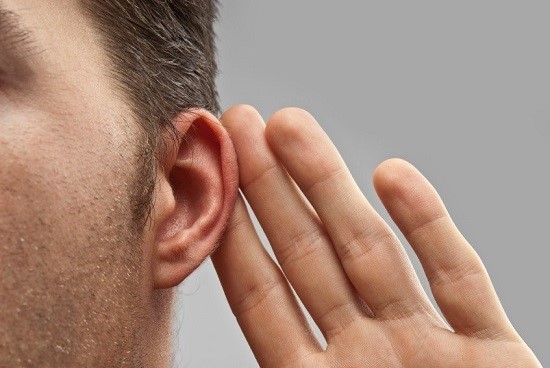
To state that hearing loss is widespread is a bit of an understatement. In the United States, 48 million individuals describe some extent of hearing loss. That means, on average, for every five people you meet, one will have hearing loss. And at the age of 65, it’s one out of three.
With odds like this, how do you escape becoming one of those five?
To help you understand how to conserve healthy hearing throughout your life, we’ll take a look at the causes and types of hearing loss in this week’s blog post.
How Healthy Hearing Works
Hearing loss is the interruption of normal hearing, so an appropriate place to start is with a familiarity of how normal hearing is intended to work.
You can think of normal hearing as comprised of three chief processes:
- The physical and mechanical conduction of sound waves. Sound waves are produced in the environment and propel through the air, like ripples in a lake, eventually making their way to the external ear, through the ear canal, and ultimately hitting the eardrum. The vibrations from the eardrum are then transferred to the middle ear bones, which then trigger the tiny nerve cells of the cochlea, the snail-shaped organ of the inner ear.
- The electrical transmission from the inner ear to the brain. The cochlea, once activated, converts the vibrations into electrical signals that are transmitted via the auditory nerve to the brain.
- The perception of sound in the brain. The brain perceives the electrochemical signal as sound.
What’s interesting is that what we perceive as sound is nothing more than sound waves, oscillations, electricity, and chemical reactions. It’s a completely physical process that leads to the emergence of perception.
The Three Ways Normal Hearing Can Be Interrupted
There are three main types of hearing loss, each disrupting some part of the normal hearing process:
- Conductive hearing loss
- Sensorineural hearing loss
- Mixed hearing loss (a mix of conductive and sensorineural)
Let’s take a closer look at the first two, including the causes and treatment of each.
Conductive Hearing Loss
Conductive hearing loss impedes the physical and mechanical conduction of sound waves to the inner ear and cochlea. This is the result of anything that obstructs conduction.
Examples include malformations of the outer ear, foreign objects within the ear canal, fluid from ear infections, perforated eardrums, impacted earwax, and benign tumors, among other causes.
Treatment of conductive hearing loss consists of extracting the obstruction, dealing with the infection, or surgical correction of the malformation of the outer ear, the eardrum, or the middle ear bones.
If you have conductive hearing loss, for example from impacted earwax, you could possibly begin hearing better immediately after a professional cleaning. With the exclusion of the more severe forms of conductive hearing loss, this type can be the fastest to treat and can bring back normal hearing entirely.
Sensorineural Hearing Loss
Sensorineural hearing loss interferes with the electrical conduction of sound from the inner ear to the brain. This is due to the damage to either the nerve cells within the cochlea or to the auditory nerve itself.
With sensorineural hearing loss, the brain receives weak electrical signals, decreasing the volume and quality of sound.
The chief causes of sensorineural hearing loss are:
- Genetic syndromes or fetal infections
- Normal aging (presbycusis)
- Infections and traumatic injuries
- Meniere’s disease
- Cancerous growths of the inner ear
- Side effects of medication
- Sudden exposure to excessively loud sounds
- Long-term subjection to loud sounds
Sensorineural hearing loss is most commonly connected with direct exposure to loud sounds, and so can be prevented by circumventing those sounds or by defending your hearing with earplugs.
This form of hearing loss is a bit more complicated to treat. There are no current surgical or medical procedures to repair the nerve cells of the inner ear. However, hearing aids and cochlear implants are extremely effective at taking on the amplification responsibilities of the nerve cells, generating the perception of louder, crisper sound.
The third type of hearing loss, mixed hearing loss, is essentially some mixture of conductive and sensorineural hearing loss, and is treated accordingly.
If you have any trouble hearing, or if you have any ear discomfort or dizziness, it’s best to pay a visit to your doctor or hearing professional right away. In almost every instance of hearing loss, you’ll get the best results the earlier you deal with the underlying issue.

